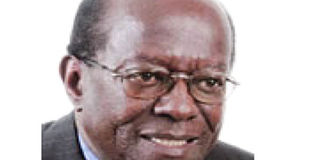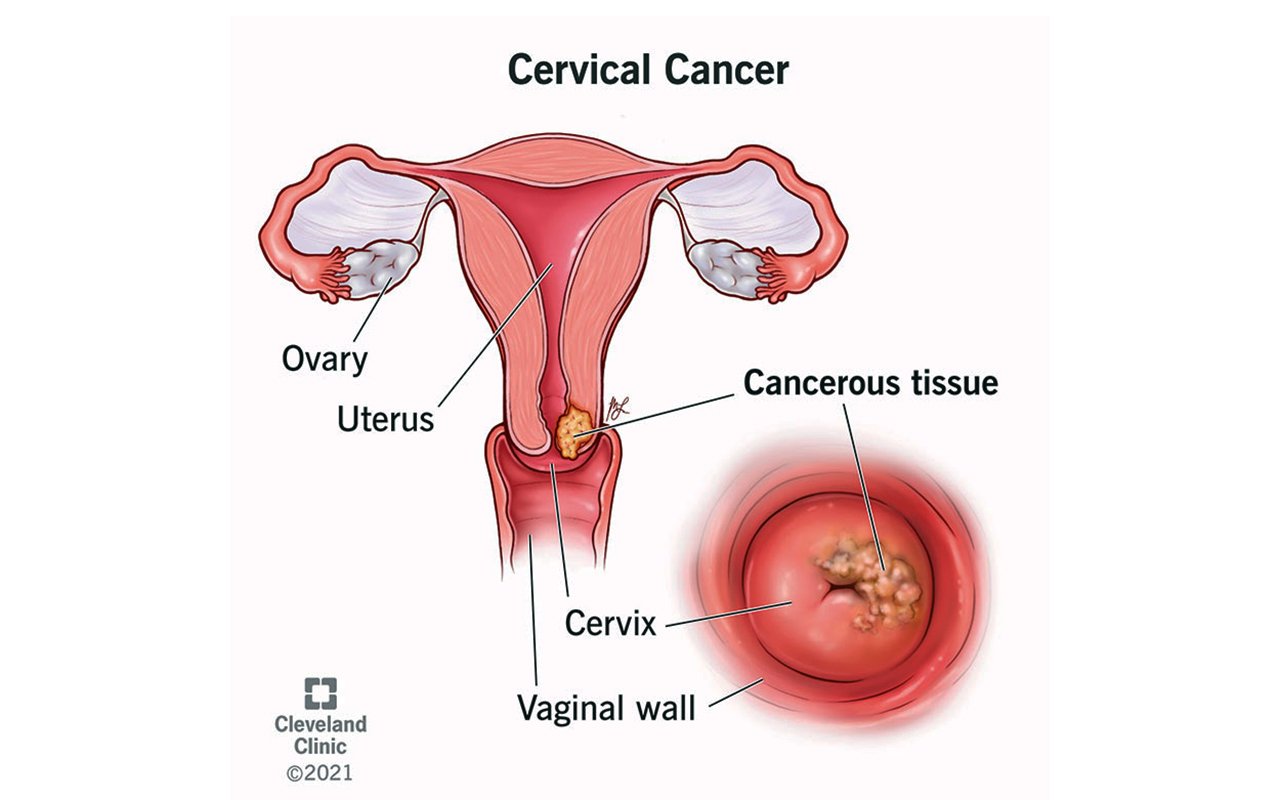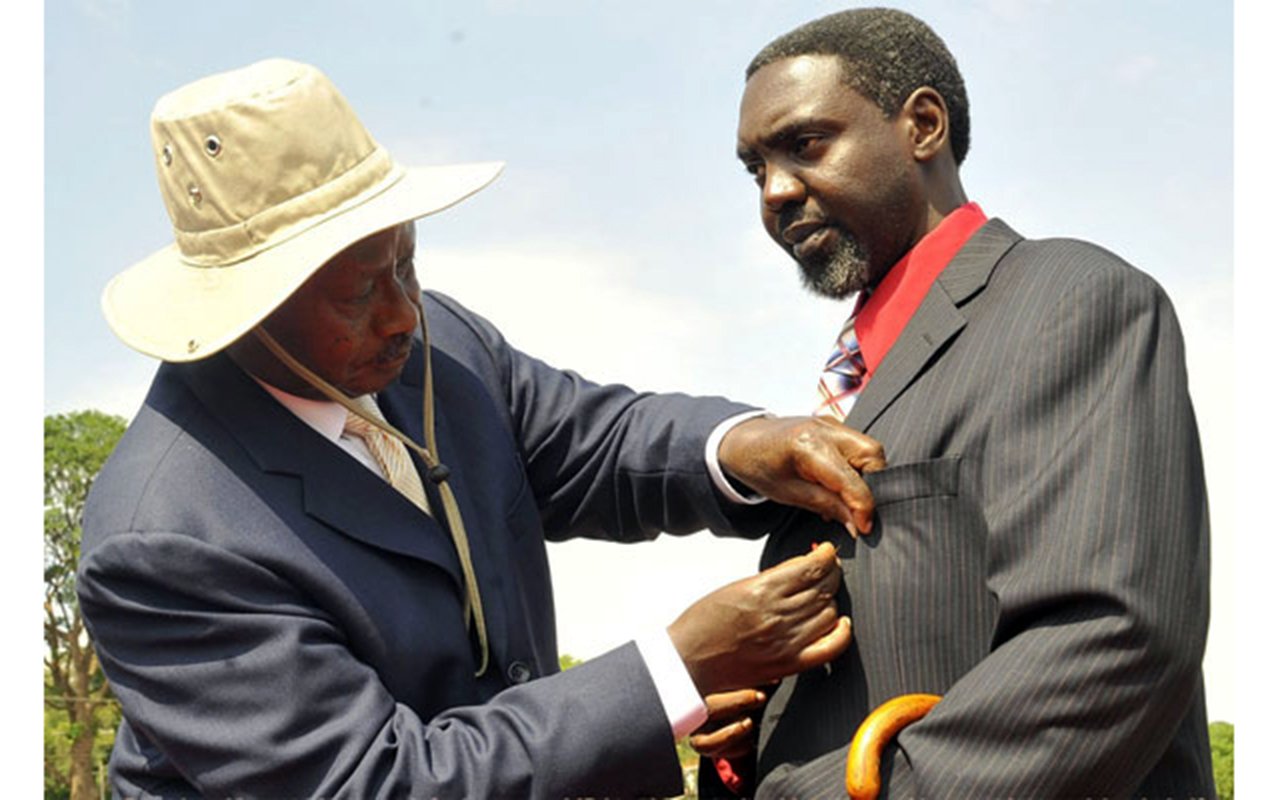Don’t blame today’s land grabbing on mailo land

Kampala is awash with speculation that the Commission of Inquiry into Land Matters has decided to recommend for the abolition of mailo land and leave all the other tenures intact.
It is alleged that the reason behind this controversial step is the need to correct colonial injustices in giving land to chiefs. But this reasoning overlooks the fact that the colonialist also gave away land in freehold to non-Africans.
It is rather curious to blame today’s land grabbing, which is committed by people from all parts of the county, on only mailo land. Land disputes exist too in areas where freehold operate.
At the time of Uganda’s independence, there were four land tenure systems operating in the country, namely freehold, mailo, leasehold and customary.
Freehold had its origins in the Uganda Order in Council of 1902 and the Crown Lands Ordinance of 1903, which gave the Governor power to give out interests in land in freehold.
Pursuant to the 1900 Toro Agreement and the Ankole Agreement of 1902, at least 255 square miles in each kingdom were allocated to the king and chiefs in private ownership and 122 square miles were allocated to them as official estates.
Under a pilot scheme In 1955, adjudicated freeholds were created in Kigezi, Bugisu and Ankole.
Prior to 1915, the colonial administration used to grant Crown Land to Europeans in freehold in order to encourage their settlement and chiefs were encouraged to do the same. This practice was dropped in 1915 after Mengo complained to the Colonial Secretary that it was against the spirit of the 1900 Buganda Agreement. Henceforth, all interests held by non-Africans on mailo land were converted into 99-year leaseholds, but with freehold titles.
A case in point is the Lubowa Estate, which belonged to Prince Yusuf Ssuuna. Ssuuna sold his estate to a European, who in turn transferred it to Lubowa Estates Ltd.
In 1958, Uganda Company Ltd acquired the estate and a freehold title, subject to the 99-year rule, was issued in its name.
In 1987, another English company was inexplicably issued with a repossession certificate in respect of the estate as well as a freehold title.
According to section 14 of the Crown Lands Ordinance, Lubowa land should have returned to the original mailo owner on expiration of the leasehold term.
This has led to a running dispute between Ssuuna’s descendants and the holders of the freehold title. Many people confuse native freehold, which operated in Tooro and Ankole with mailo. Unlike mailo, native freeholds came from Crown land and were granted by the Governor whereas mailo was based on the customary land system of Buganda Kingdom and it was the Lukiiko, not the Governor, which confirmed interests.
Second, the chiefs who received land under Section 15 of the Buganda Agreement, were not the traditional Kabaka’s chiefs, but were peasants who had fought in the religious wars.
These chiefs were appointed to office by the Catholic leader (Stanslas Mugwanya) and the protestant leader (Sir Apollo Kaggwa.)
Under a memorandum dated February 13, 1900, the Governor donated a total of 45 square miles to the Regents and a total of 1,000 square miles were given to 28 chiefs pursuant to an agreement dated September 13, 1900. These donations should have come from Crown land, not mailo land because they were not customary interests.
The Land Reform Decree of 1975 abolished the mailo land system and its laws. What is left is the registration system, which cannot be abolished without disrupting the economy.
In view of the above, there is no basis for abolishing mailo land system, especially since disputes occur on freehold land as well.
Mr Peter Mulira is a lawyer. [email protected]




